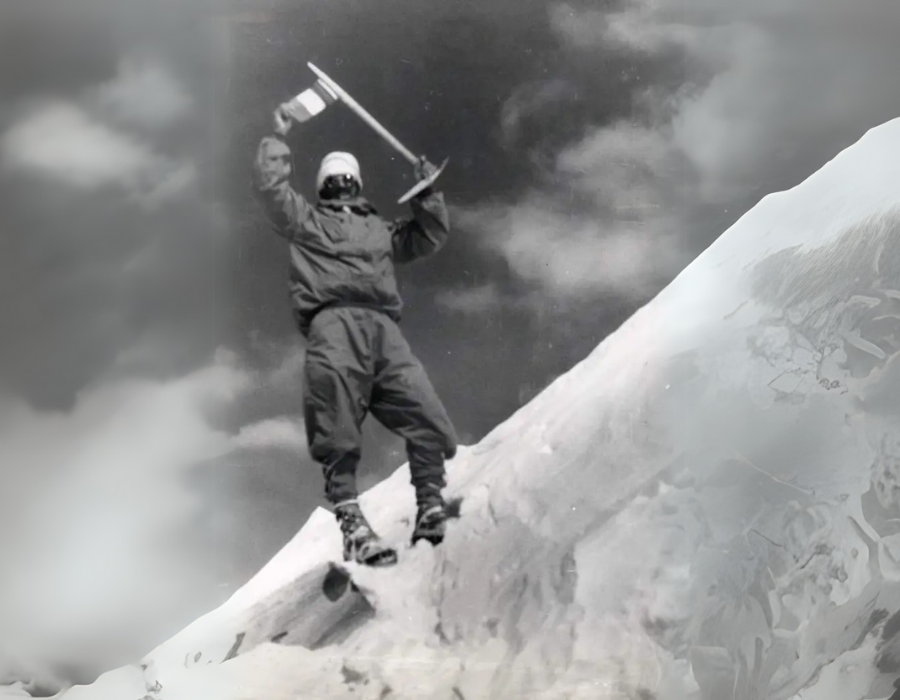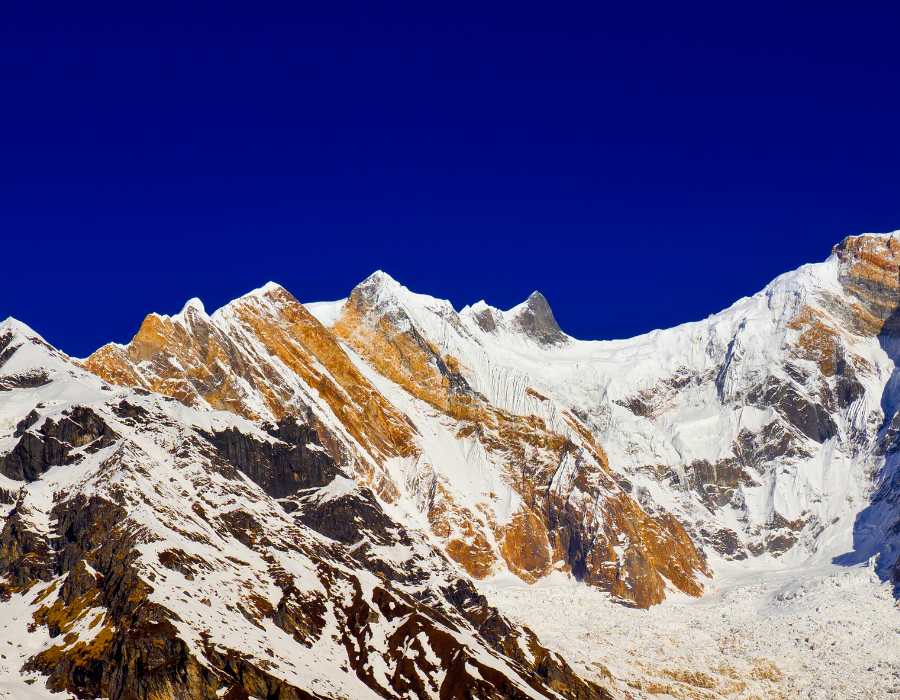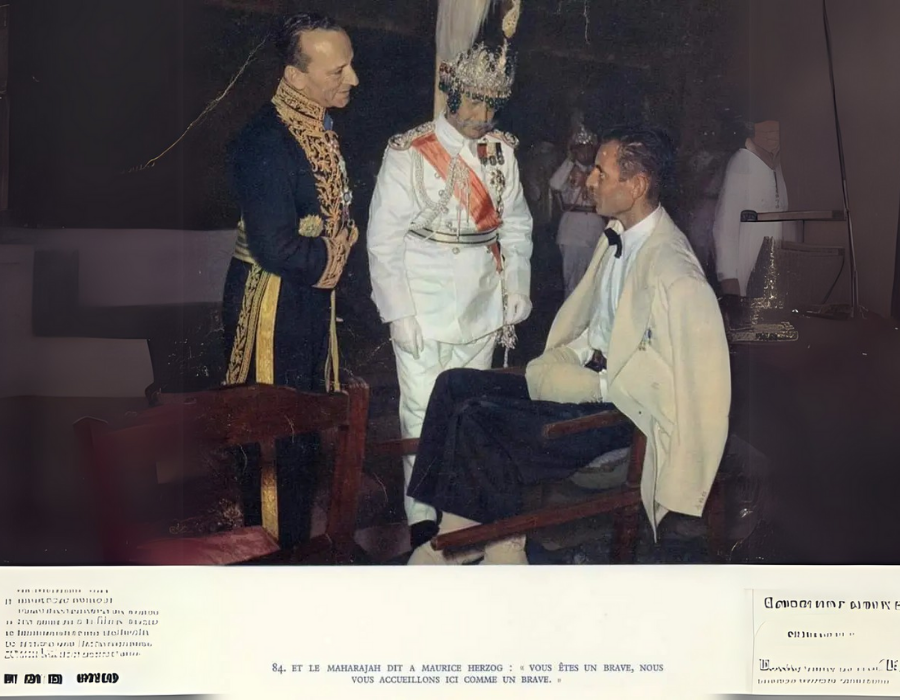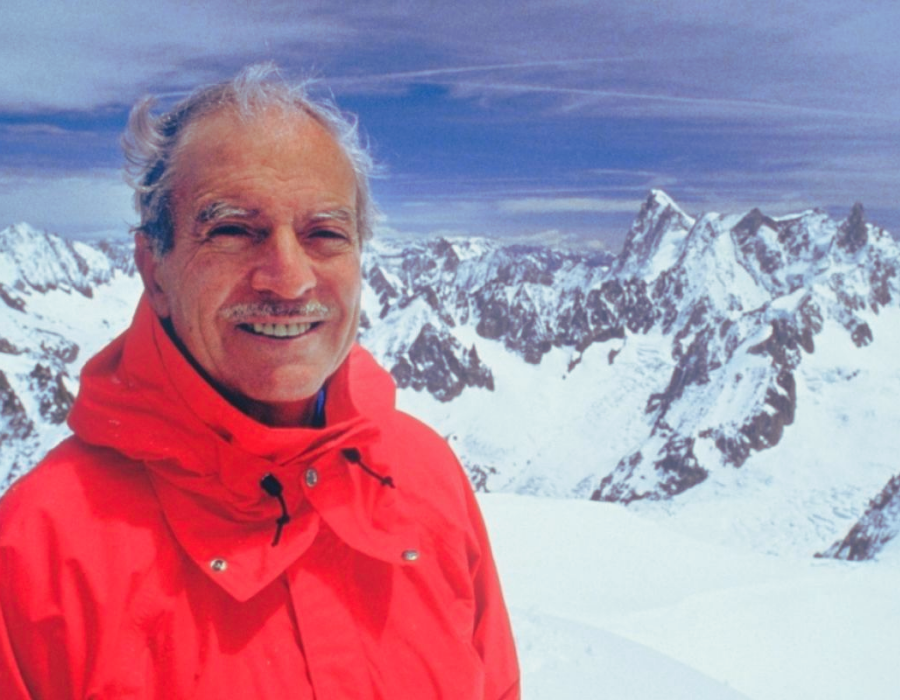
Surviving Annapurna: The Story of Maurice Herzog

Surviving Annapurna: The Story of Maurice Herzog
swotah travel
1198
05, 06 2025
Maurice Herzog became a household name in France and a hero around the world after June 3, 1950. On that day, at 2 p.m., he and fellow climber Louis Lachenal did something incredible: they became the first people ever to reach the top of Annapurna I, a giant mountain over 8,000 meters (about 26,500 feet) high in the Himalayas. It wasn’t just any climb; it was the first successful ascent of any 8,000-meter peak, a huge milestone in mountaineering. This achievement, coming just a few years after World War II, gave people hope and showed what humans could accomplish against the odds.
But Herzog’s story is more than just that one climb. He grew up loving mountains, fought bravely in the war, and later became an important figure in the French government and sports. His life was full of adventure, leadership, and even some controversy. Let’s take a closer look at the life of Maurice Herzog, the man who conquered Annapurna.

Growing Up with Mountains and War
Maurice Herzog was born in Lyon, France, on January 15, 1919. Mountains were in his blood; his father was a climber, and the family even had a cabin near Mont Blanc, Europe's highest peak. Growing up surrounded by these giants sparked Maurice's love for climbing.
He went to Paris for business school, finishing in 1944. But like many young men of his time, his life was interrupted by World War II. Herzog didn't stand by; he joined the French Resistance, fighting the German occupation in the Alps. He became a captain and earned the Croix de Guerre, a medal for bravery. After the war ended, Herzog started working for a tire company called Kléber-Colombes. But he never forgot his love for the mountains, spending his free time climbing in the Alps as France recovered from the war.
The Annapurna Adventure: Triumph and Tragedy
By 1950, no one had ever climbed an 8,000-meter peak. The French Alpine Club decided to try, getting rare permission to attempt either Dhaulagiri or Annapurna in Nepal. They chose Maurice Herzog to lead the team. While Herzog was a capable climber and leader, the real stars were the guides: Louis Lachenal, Lionel Terray, and Gaston Rébuffat - some of the best climbers in France. The team also included scientists Jean Couzy and Marcel Schatz, a doctor, a diplomat, a filmmaker, and a vital group of Sherpas led by Ang Tharkay.
Their first target was Dhaulagiri. They explored it for weeks in April 1950 but found it looked incredibly difficult. With the monsoon season approaching, they made a bold switch: they would try Annapurna instead. This was risky because they knew very little about Annapurna and had little time left.

Working incredibly fast, the team explored Annapurna's north side. After hitting some dead ends, they found a possible route up the North Face. They set up a series of camps climbing higher and higher: Base Camp, then Camps 1 through 5, with Camp 5 perched dangerously high at 7,400 meters (over 24,000 feet). The climb was exhausting and dangerous, with constant threats from avalanches, deep snow, and freezing cold. The Sherpas worked tirelessly carrying supplies.
On June 2nd, Herzog and Lachenal reached Camp 5. Terray, exhausted from setting the route, stayed behind. At dawn on June 3rd, Herzog and Lachenal started for the summit. They climbed without extra oxygen, struggling through deep snow and biting wind. Near the top, Lachenal worried about his feet freezing in their thin boots - losing toes could end his career as a guide. Herzog, determined to reach the summit, famously said he'd go on alone. Lachenal replied, "Then I'll follow you."
Around 2 p.m., they made it! They stood on top of Annapurna, the first people ever to summit an 8,000-meter peak. Herzog planted the French flag, filled with emotion. But a storm was brewing, and Lachenal knew they needed to get down fast.
The descent turned into a nightmare. Herzog dropped his gloves, a terrible mistake in the intense cold. Both men suffered severe frostbite. A fierce storm hit, trapping them with Terray and Rébuffat (who had climbed up to help) overnight in a snow hole (crevasse) with only one sleeping bag. Terray and Rébuffat became snowblind. Lower down, an avalanche swept Herzog and two Sherpas away, though they were luckily rescued. Getting off the mountain took weeks of agony. The expedition doctor had to amputate Herzog's and Lachenal's frozen fingers and toes in basic conditions. They had conquered Annapurna, but the cost was staggering.
Life After the Summit: Fame, Politics, and a Famous Book
Returning home, the team received heroes’ welcomes. In Nepal, they were received by Prime Minister Mohan Shumsher JB Rana. Back in France, President Vincent Auriol invited them to the Élysée Palace in Paris. Herzog was no longer just a climber; he was a national icon.

While recovering in the hospital, which took many months, he dictated the story of the expedition. His book, Annapurna: First Conquest of an 8000-meter Peak, came out in 1951. It became a massive worldwide bestseller, translated into forty languages and selling over 10 million copies. It inspired people everywhere with its tale of adventure and endurance, ending with the famous line, "there are other Annapurnas in the lives of men." The expedition was also captured in the film ‘Victory on the Annapurna’, directed by team member Marcel Ichac and released in 1953.
His fame opened doors. In 1958, President Charles de Gaulle made him France's minister for youth and sports. Herzog worked to improve sports programs and facilities across the country. Later, from 1968 to 1977, he served as the mayor of Chamonix, the famous town at the base of Mont Blanc. He also became an important member of the International Olympic Committee (IOC) for 25 years. Even though his injuries meant he couldn't do serious climbing anymore, he remained a powerful symbol of the Annapurna achievement for the rest of his life.

A Lasting Legacy (and Some Questions)
The 1950 Annapurna climb changed mountaineering forever. It proved that 8,000-meter peaks could be climbed, kicking off the "Golden Age" of Himalayan climbing that saw Everest and other giants conquered soon after. It was a huge boost for France after the war. Herzog's book, Annapurna, was key to spreading the story and making it legendary.
However, over time, some questions arose about the story Herzog told. Decades later, when the diaries of Louis Lachenal and biographies of other team members were published, a more complicated picture emerged. Some felt Herzog's book focused too much on his own role and perhaps didn't fully capture the views or contributions of others, especially Lachenal, who had serious doubts near the summit. Books like True Summit by David Roberts looked into these different accounts. While Herzog's leadership and the team's incredible achievement are undeniable, history now recognizes that the story had more layers than his famous book revealed.
Also Read: Francys Arsentiev - The Sleeping Beauty of Mount Everest
Remembering Annapurna: 75 Years Later
In June 2025, Nepal and the climbing world marked the 75th anniversary of that historic first ascent. Celebrations, called the Diamond Jubilee, took place in Kathmandu and near Annapurna itself. People gathered at Base Camp on June 3rd to honor the French team.
The French Embassy in Nepal held events, like photo exhibits, celebrating the climb and the long friendship between France and Nepal built through mountaineering. It was a time to remember the bravery of 1950, but also to think about how climbing has changed and the importance of protecting the Himalayas for the future.
A Life of Peaks and Valleys
Maurice Herzog died on December 13, 2012, at age 93. His life was one of incredible highs and deep lows. The Annapurna climb made him a legend, but he was also a war hero, a politician, and a sports leader. While debates about the details of the Annapurna story continue, the sheer courage shown by Herzog and his team remains inspiring. '
Their 1950 expedition opened up the world's highest mountains and left a lasting mark on the spirit of adventure. Maurice Herzog is remembered not just as a climber who reached a summit, but as a man who lived a full, complex, and impactful life.
NEWSLETTER SIGNUP
Sign up to receive our trip ideas and travel offers!
Get updates and Exclusive Offers up to 20% Discount








